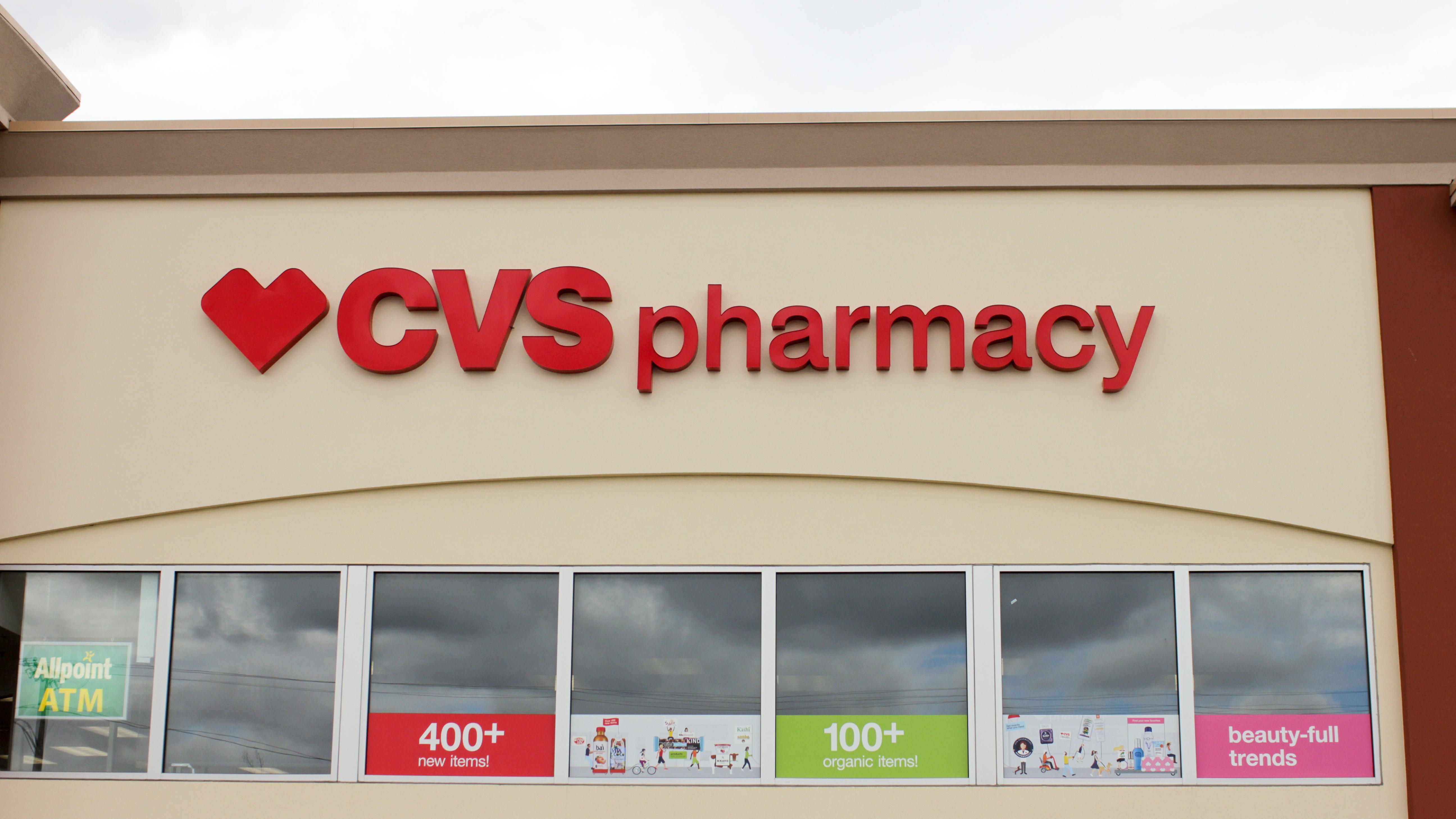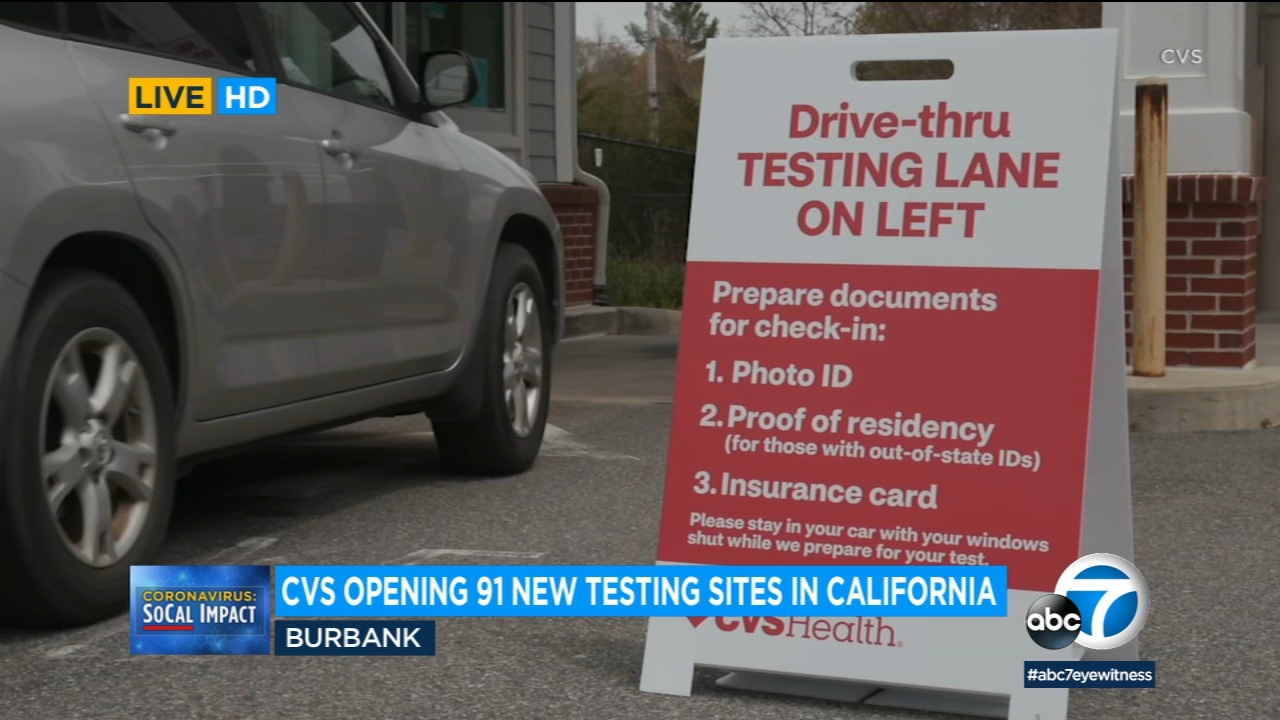
“The real value of these tests was six months ago,” says Amitabh Chandra, a professor at Harvard University’s Kennedy School.

Home tests will now be manufactured in the tens of millions, say their makers, but some experts aren’t sure how much they will matter at this point. But the number of daily tests in the US has never much exceeded 2 million, according to the Covid Tracking Project, and most of those were done in labs or on special instruments. Still relevant?Īs the covid-19 pandemic spread around the globe last year, economists and scientists called for massive expansion of testing and contact tracing in the US, to find and isolate infected people. If used at scale to screen for covid, they could send millions of anxious people in search of lab tests and medical care they don’t need. Related StoryĪs a result, I don’t think home tests are as useful as some have hoped.

This lower background rate means if home tests were used by everyone in the country tomorrow, there could be five to 15 wrong positives for every right one. Now consider this same phenomenon-a higher chance of false positives than of real ones-applying to a large group, or even a whole country. The way I was using the test, any positive result was nearly certain to be wrong. What this meant is that my chance of a correct positive when I took the test was also essentially zero, while my false positive chance remained 2% like everyone else’s. The second source of trouble I didn’t anticipate is what is known as “pretest probability.” As I said, I don’t socialize, so my probability of actually having covid in first place was very low, maybe even zero. By the time my review of the home tests was complete, I’d tested five times in two days, accumulating 1 in 10 odds of being told I had covid when I didn’t (a 2% chance of a false positive each time, multiplied by five tests). The first way is through repeat testing, the kind I did. What I didn’t realize-and what your everyday CVS shopper won’t either-is that there are two ways that less-than-perfect specificity can get amplified into a bigger problem. For the home tests I tried, that figure is about 98%, with a corresponding 2% rate of false positives. The tricky part of unrestricted testing, I learned, comes instead from the concept of “specificity,” or the rate at which a test correctly identifies negatives. But if the alternative is no test at all, then none of those infections would be caught. That is, they catch about nine of every 10 infections, a metric called the test’s “sensitivity.” Some people have said that any missed cases are a worry, since a person with a false negative could go out and infect someone else.

The issue with home tests is accuracy, which is between 85% and 95% for detecting covid.


 0 kommentar(er)
0 kommentar(er)
